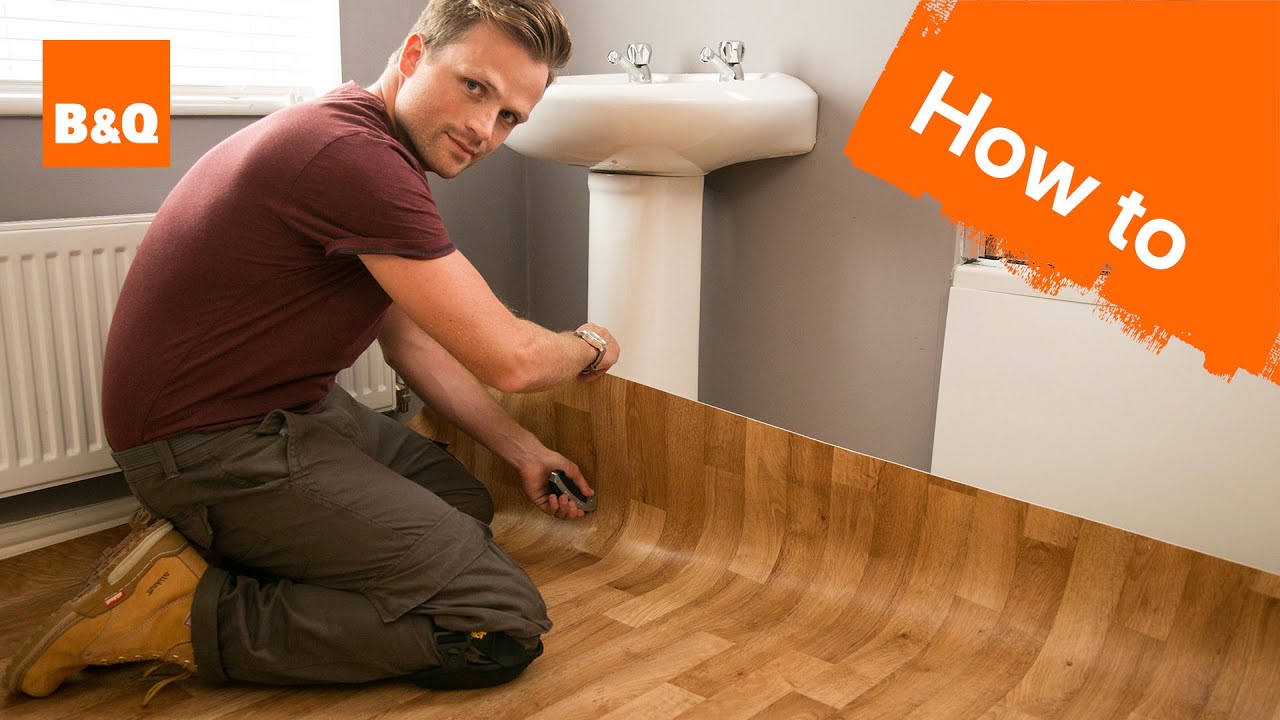Have you ever gazed upon your tired, outdated flooring, dreaming of a fresh, modern look? But then you wonder: Is it possible to install new floors over the old? Is it even a good idea? The answer, as with most things in the home improvement world, is: it depends.

Image: phenergandm.com
Choosing to install new flooring over old can be a tempting cost-saving solution, potentially making your renovations faster and less messy. However, it’s crucial to assess the condition of your existing flooring and the type of new flooring you want before you decide to take the plunge.
Understanding the “Can I or Can’t I”
Before we dive into the specifics of what works and what doesn’t, let’s address the elephant in the room: sometimes, layering new flooring over old is simply not a good idea. Here are some key reasons why:
Reasons You Might Not Want to Layer Flooring
- Uneven Subfloor: A bumpy or uneven subfloor can lead to problems with the new flooring. The unevenness can show through the new flooring, creating an unsightly and uncomfortable surface.
- Structural Damage: If your subfloor is damaged or rotten, a new layer of flooring won’t address the underlying issue.
- Moisture Issues: Moisture trapped under the new flooring can lead to mold, mildew, and warping. This is particularly true for wood floors, which are susceptible to moisture damage.
- Excessive Height Gain: Adding a layer of new flooring over old can significantly increase the overall height of the floor, leading to accessibility issues at doorways and transitions between rooms.
- Compatibility Issues: Not all types of flooring are compatible with layering. For example, installing new hardwood flooring over existing tile might lead to cracking or other problems.
Exploring Your Flooring Options: What Works Best?
Now that we understand the potential pitfalls, let’s explore when layering flooring can be a viable option. Here’s a breakdown of common flooring types, their compatibility with layering, and factors to consider:

Image: kadhafiaromaster.blogspot.com
Hardwood Flooring:
Can it be layered? It depends. In certain situations, you can install new hardwood flooring over existing hardwood flooring if the existing flooring is in good condition, level, and free of finishes like glue or wax. If the existing hardwood is thin, it might affect the stability of the new hardwood.
Things to Consider:
- Thickness: The thicker the existing hardwood floor, the better the chances of success.
- Condition: Ensure the existing flooring is solid, free from damage, and flat.
- Type of Hardwood: Some species of hardwood are more compatible with layering than others. Consult with a professional for guidance.
- Subfloor: The subfloor must be sound and level for the project to be successful.
- Installation Method: A professional can advise on the best type of installation for your specific situation, whether it’s nail-down, glue-down, or floating.
Laminate Flooring:
Can it be layered? Yes, laminate flooring is generally well-suited for layering over existing flooring, such as tile, concrete, or even old laminate. However, as with any flooring, proper prep work is crucial.
Things to Consider:
- Subfloor: The subfloor must be level and solid. Consider using a leveling compound if necessary.
- Moisture Barrier: A moisture barrier is essential, particularly over concrete subfloors.
- Underlayment: Underlayment is generally required for laminate flooring, and the appropriate type will depend on the existing flooring and installation method.
Vinyl Flooring:
Can it be layered? Yes, vinyl flooring is another popular choice for layering over existing floors. It’s versatile and relatively easy to install.
Things to Consider:
- Subfloor: For vinyl flooring, the subfloor must be flat and clean.
- Underlayment: Appropriate underlayment can improve cushioning and provide insulation.
- Moisture Barrier: If installing over concrete, a moisture barrier is essential.
- Type of Vinyl: Sheet vinyl and luxury vinyl plank (LVP) both offer their advantages, but consider the installation requirements for each type.
Tile Flooring:
Can it be layered? It’s generally **not recommended** to layer new tile over old tile. This is because the new tiles may crack or become unstable due to the uneven surface of the older tiles.
Things to Consider:
- Thickness: If the existing tiles are thin, adding new tile over them can make the floor too thick and unstable.
- Grout: The grout lines between existing tiles can create a bumpy surface, making it difficult to lay new tiles properly.
- Overall Height Increase: Installing new tiles over old can result in a significant height gain, creating accessibility issues and tripping hazards.
The Importance of Professional Advice
While we’ve outlined some general guidelines, it’s always best to consult a professional flooring contractor before you begin any project. They can assess your specific situation, including the condition of your existing flooring, the subfloor, and the type of new flooring you’ve chosen. They can also recommend the appropriate installation methods and ensure the project is completed safely and correctly.
Can I Put New Flooring Over Old
Making the Right Choice for You:
Layering flooring can be a smart decision when done correctly. It can save you time and money, allowing you to update your floors without major demolitions. However, it’s essential to weigh the advantages and disadvantages and consider if the risks are worth the savings. Take the time to prepare your subfloor, choose the right type of flooring, and work with a qualified professional to ensure a successful and lasting outcome.
Ultimately, the decision of whether to layer new flooring over old rests in your hands. With careful planning, expert advice, and a bit of research, you can make an informed choice that fits your budget, preferences, and the long-term health of your floors!





